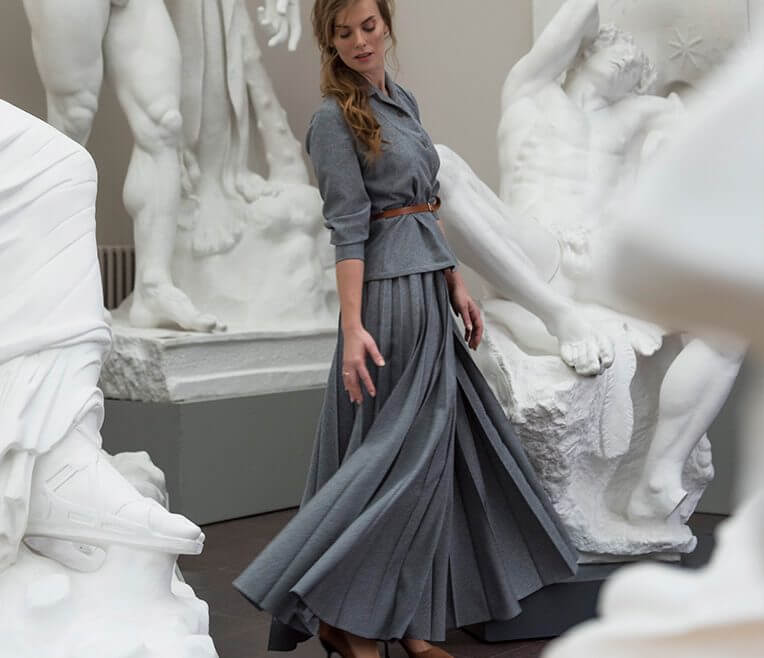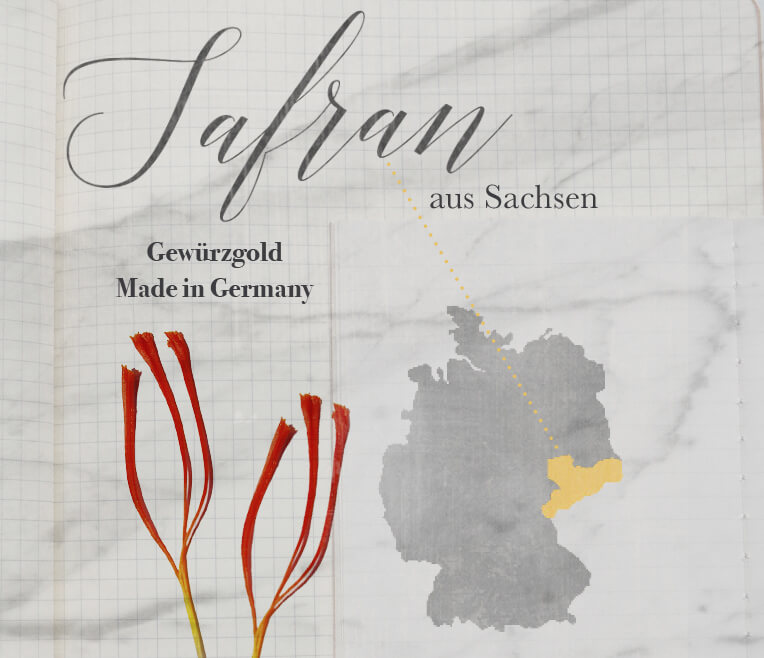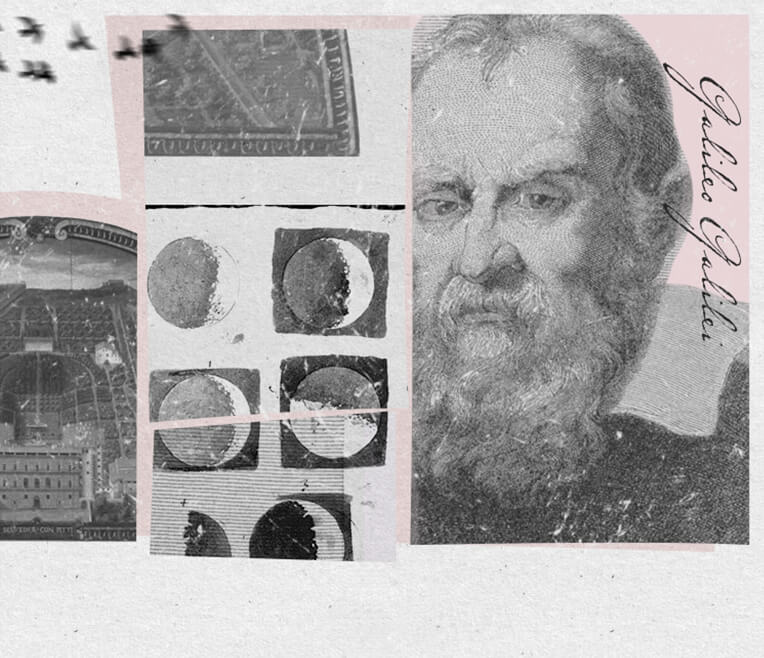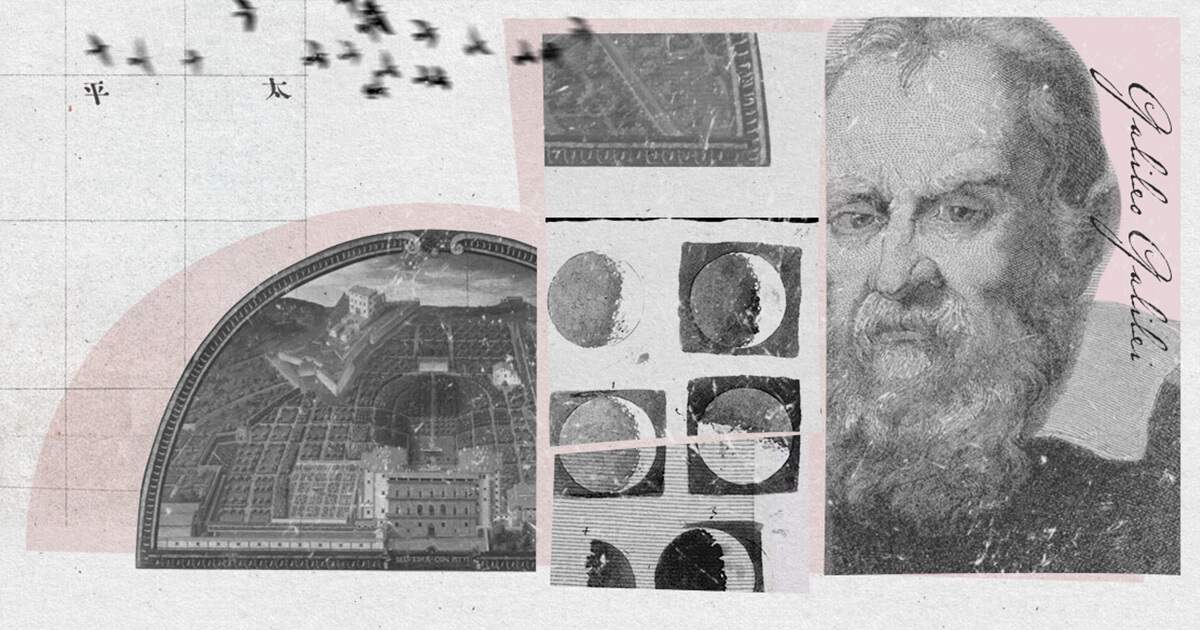
The Year 1642
What was happening during the years (1642) in which our title artwork for this issue, Garzoni’s »Vase of flowers with two shells« was created (the exact dating is unknown)? What was in the news; what was occupying people’s minds; and which developments determined daily life, or not? In our series »The Year X« we want to take a closer look at certain years and fill the numbers with life. All the different areas of life play a role here: Politics and history, arts, meteorology, the public sphere. We reconstruct the historical context of the artwork to paint the bigger picture. Elisabeth Stursberg gives a compact overview of 1642 in sisterMAG.
- Text: Elisabeth Stursberg
The Year 1642
When Giovanna Garzoni painted »Vase of flowers with two shells«
What was happening during the years in which our main artwork for this issue, Garzoni’s »Vase of flowers with two shells« was created (the exact dating is unknown)? What was in the news; what was occupying people’s minds; and which developments determined daily life, or not? In our series »The Year X« we want to take a closer look at certain years and fill the numbers with life. All the different areas of life play a role here: Politics and history, arts, meteorology, the public sphere. We reconstruct the historical context of the artwork to paint the bigger picture.
In this issue: The year 1642.
People I
It was the year 1642: The painter Giovanna Garzoni returned home from Paris to Italy where she would be living in Florence for the coming years. She was poised for a period of success, both artistically and professionally. Italy, however, had just lost one of its most brilliant minds. On January 8th, the philosopher, mathematician, physicist and astronomer Galileo Galilei had passed away in his house nearby Florence where he had been placed under house arrest; instead of being burned, at least, even though he had already abjured the Copernican system against his belief and better knowledge.
History & Politics I
Politically and even culturally, the cradle of the Renaissance was gradually losing influence.
The Grand Dukes of the Medici still determined the fate of Florence, but the baroque generation had apparently not inherited the ingenuous business sense of their ancestors. It was summer, August 14th and in Palazzo Pitti there were celebrations for the birth of the successor for the throne: Cosimo III. As ruler, he would be directing his focus less on the arts or the economy, but on the clergy, and with regard to power-conscious descendants, the dynasty would overall not be so lucky in the 17th century.
History & Politics II
Since 1618, the European continent was being ravaged by a ferocious war, and it was not yet foreseeable that it would last for thirty full years. Further north, in England, there was also war, and in Ireland a rebellion: Irish Catholics were fighting against protestant settlers from England and Scotland. In short, it was the unfolding of a conflict that would shape politics and everyday life on the island for centuries to come.
Nature
Unlike the man-made catastrophe in Europe, the Far East was haunted by a natural disaster. A devastating flood in China had taken the lives of more than 300,000 people. It was likely that most Europeans were not aware of this, given that newspapers were only just evolving and the exchange between China and European countries was still limited. French rulers and high-level church officials were presumably among the first to hear about the catastrophe through the letters of French Jesuits. The missionaries had arrived only recently in China, but with their reports they would shape the European image of the »Middle Kingdom« well into the 18th century.
Society & Public Sphere
Since the end of the Renaissance, the mentality had been changing. The wars weighed heavily on peoples’ shoulders and in many cases, they absorbed all attention and strengths. Ironically, absolutism was one of the winners of this, but it was a discord that permeated all areas of life. The lavish grandeur of baroque palaces and extravagant lifestyle of the nobility was too often in contrast to poverty, suffering, and scarcity. A deepened religiosity was increasingly in conflict with new truths unveiled by the rapidly evolving natural sciences – who are people supposed to believe? This opposition on many levels was also reflected in paintings, particularly well in the widely popular still lives.
Performing Arts
Jean-Baptiste Poquelin was a French specialist in law. But then he met the actress Madeleine Béjart who endorsed him in his passion for the theatre. It was most likely that at the time, he did not yet have any idea of the tremendous success awaiting him that would send him as high up as to Versailles where he would present his plays to the Sun King. The name under which he would achieve all this was: Molière.
People II
Paris, December 4th, Cardinal Richelieu — wealthy, accomplished, and widely respected as an advisor to Louis XIII — had just passed away. Armand-Jean du Plessis, Premier Duc de Richelieu, had not only been a political heavy weight, he had also found time to support the arts. Just a year before his death, the theatre in the Cardinals’ Palace (today: Palais Royale) with its impressively modern, grand stage had been inaugurated – thanks to Richelieu, who had initiated the construction of the palace in the first place.
The New World
Stormy times in Europe, but a streak of excitement for adventurers in the Southern Hemisphere. A group around the Dutch seafarer Abel Tasman had set out to not only explore more of Australia; they also dreamt of finding the legendary »southern continent«. Despite the principal hopelessness of this mission, the expedition could only be called successful, for two rather significant reasons, or discoveries: First, an island off the coast of Australia – which is today’s Tasmania. Then something unexpected happens: On December 13th, a mere few days after leaving Australia, Tasman spotted another landmass which turned out to not belong to Antarctica. Rather, once arrived, he became the first European ever to set foot on the Southern Island of New Zealand!
Science & People III
In England, as a half-orphan, a Christmas child was born and in his later life, he would have a decisive impact on the evolution of physics and maths: Isaac Newton. His work was based on Copernicus and Galilei who had just revolutionised astronomy, and thus the entire view of the world. Newton conducted research, for instance, on acceleration and gravity. The results were the basics of classical mechanics that are still valid today. In 1669, Newton became professor for mathematics in Cambridge, but while he was tremendously accomplished and respected in expert circles, the general public did not yet have a clue just how influential his works about the theory of light, gravitation or infinitesimal calculus would be …






